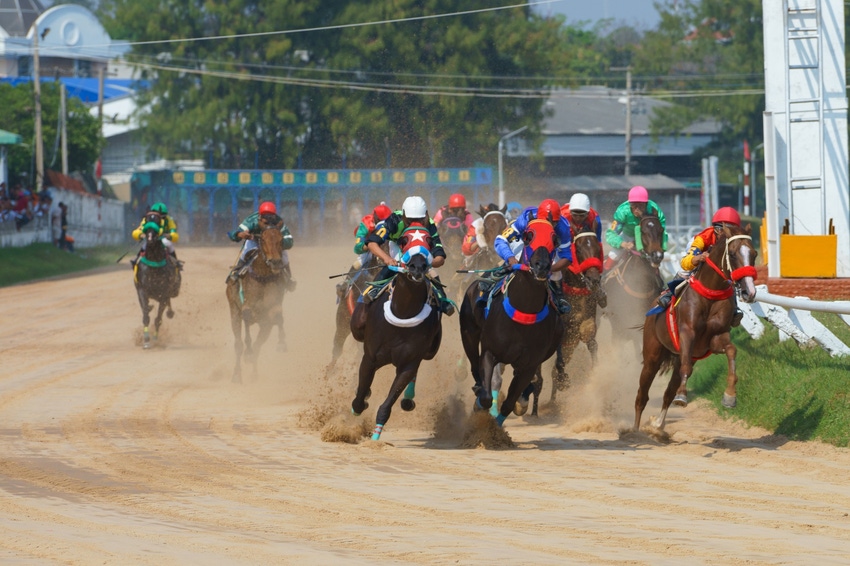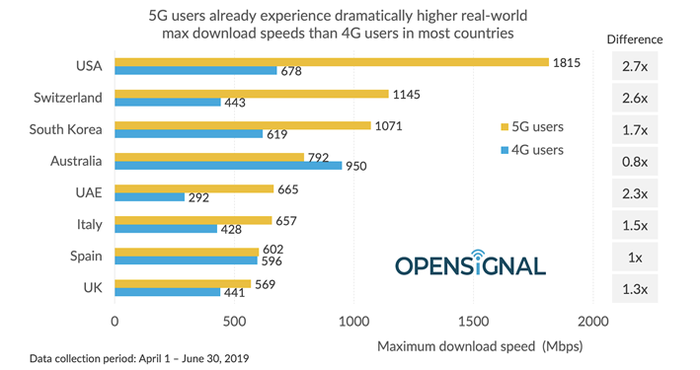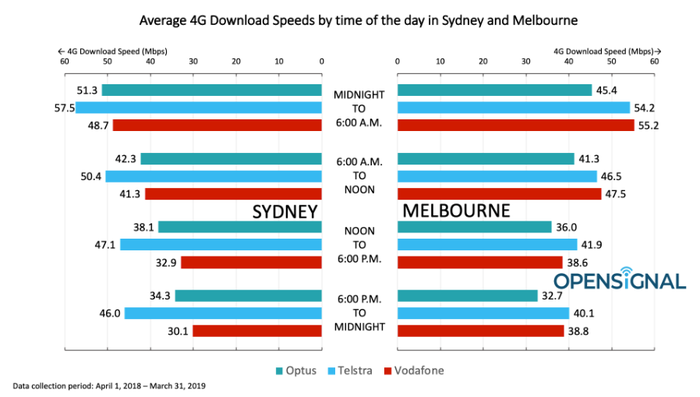US is winning the 5G speed race
Although there is a lot more to 5G than ‘bigger, faster, meaner’ download speeds, the US has bragging rights currently when it comes to the fastest download speeds.
July 9, 2019

Although there is a lot more to 5G than ‘bigger, faster, meaner’ download speeds, the US has bragging rights currently when it comes to the fastest download speeds.
According to the latest analysis from Opensignal, 5G is boosting maximum downloads in all eight markets where the connectivity euphoria has been launched, aside from Australia that is. It’s a very crude measure of success, but it is something which the telcos will want to shout about.
As you can see from the graphic below, there is certainly an increase in speed, though this is hardly a good measure when you consider very few consumers even touch the maximum speeds promised.

Leading the pack is the US with maximum downloads speeds of 1815 Mbps, and by somewhat of a clear margin, though both Switzerland and South Korea have entered into the holy land of gigabit speeds. Perhaps the strangest statistic to make note of is the decrease in maximum speeds in Australia.
The lead which the US has established should come as little surprise when you consider the spectrum being utilised. Telcos in the US are already able to use mmWave spectrum for 5G, whereas European counterparts are utilising the mid-band spectrum, which sacrifices some speed to improve geographical coverage.
Looking at the UK, which currently sits bottom of the rankings, there is perhaps something for Three to shout about. Opensignal suggests speeds here might be impacted by the fact EE only has 40 MHz of relevant spectrum. Three has been shouting about its 100 MHz of contiguous spectrum in the 5G bands, claiming it is best positioned to deliver the 5G experience, and this analysis perhaps supports this claim.
And to address some of the speed differences between Opensignal and the figures which are being quoted by the telcos, this analysis is being done in the real world. Consumers are asked to download the Opensignal app, allowing the team to assess speeds in the real-world, with a range of different devices (manufacturer and condition) and a variety of applications.
But you also have to take into account these speeds are not realistic whatsoever; its nothing but a PR plug for the ‘creatives’ in the marketing department to make use of. Let’s take Australia as an example.
According to this analysis, Australian telcos can achieve a maximum download speed of 950 Mbps for 4G. However, as you can see from the graphic below, reality is far from the maximum achieved in perfect test conditions.

Although we are comparing apples and pears here, the theory is the same. Real-world experience is entirely different from the maximum speeds which the telcos boast about; this has been true for the 4G world and it would be perfectly reasonable to assume the same for the 5G era.
Fundamentally, this means very little for the moment. Coverage is incredibly limited while reality will be very different when more users hit the network. You also have to take into account European operators do not have access to the high-band spectrum which will deliver the monstrous speeds promised.
That said, the variety of speeds perhaps give an indication of the success of deployment strategies. It is certainly early days in the 5G era, but the US has claimed the first accolade when it comes to the dated ‘bigger, faster, meaner’ mentality which has governed the telcos for years.
About the Author(s)
You May Also Like











_1.jpg?width=300&auto=webp&quality=80&disable=upscale)


.png?width=800&auto=webp&quality=80&disable=upscale)